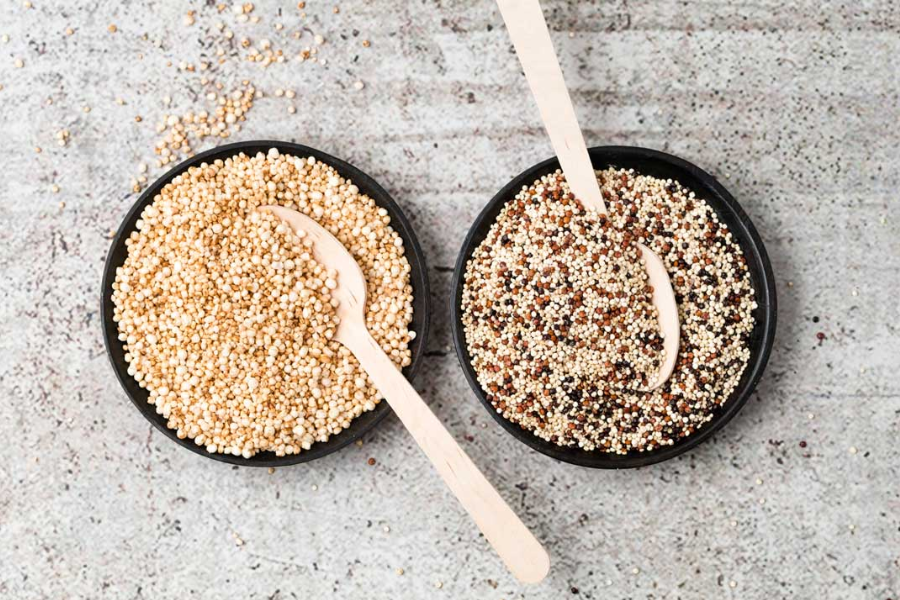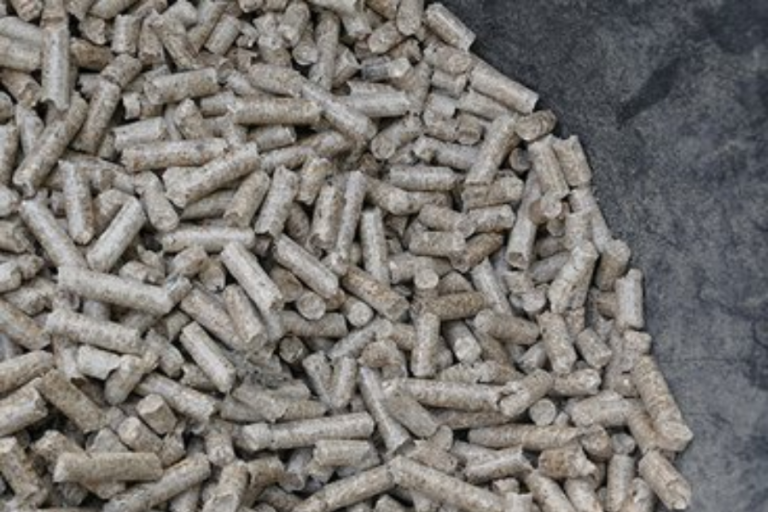Ancient Grains in a Healthy Cereal: NYT Crossword Insights and Nutritional Benefits
Introduction
Have you ever wondered about the hype surrounding ancient grains in healthy cereals and what all the fuss is about? You’re not alone. These revered grains are making a significant comeback in modern diets, bringing with them a host of nutritional benefits that contemporary processed grains often lack. In this blog post, we’ll explore the remarkable benefits of incorporating ancient grains into your daily routine, particularly through healthy cereals. We’ll delve into the nutritional advantages, the variety of ancient grains available, and why they should be a staple in your breakfast bowl. By the end of this article, you’ll be equipped to make informed choices for a healthier lifestyle and discover where to find the best ancient grain cereals.
Ancient Grains in aNYT Crossword
History of Inclusion
The New York Times Crossword has included clues about ancient grains for years, highlighting their increasing popularity and cultural importance.
Notable Clues and Answers
Notable clues like “superfood grain” for quinoa and “grain used in ancient times” for spelt not only provide a fun challenge for solvers but also offer educational insights into these nutritious ancient grains.
What Is Ancient Grain?
Ancient grains in healthy cereals, such as quinoa, amaranth, spelt, and farro, have largely stayed unchanged for the past few centuries. Unlike modern wheat, which has been selectively bred for higher yields and disease resistance, these traditional grains maintain their unique structure and nutritional value.
The True Roots
These grains have been essential to various cultures for centuries. Quinoa, revered by the Incas as the “mother of all grains,” was a key part of their diet. Amaranth was a staple in Aztec cuisine, and spelt was commonly consumed in ancient Europe and the Middle East. Beyond their role as food, these grains were also valued for their health benefits.
Sustaining Powerhouses
Ancient grains featured in healthy cereals are rich in protein, fiber, vitamins, and minerals, making them a nutritious choice. For example, quinoa is a complete protein, providing all nine essential amino acids. Amaranth is notably high in calcium, and spelt is an excellent source of iron and magnesium.
Current Appeal
Their ancient origins and high nutritional value make these grains particularly appealing to today’s health-conscious consumers. They provide a nutritious alternative to processed grains, which often lose essential nutrients during refinement.
Tips for Solving Crossword Puzzles
Strategies for Beginners
Begin with the straightforward clues and fill in the answers you’re certain about. This approach will create a solid foundation, making it easier to tackle the more challenging clues.
Advanced Techniques
Identify patterns and common prefixes or suffixes to help solve the clues. Use the process of elimination and think creatively for the more difficult ones.
How Knowing Ancient Grains Can Help
Knowing about ancient grains can give you an advantage in crossword puzzles, as these terms frequently appear due to their distinctive letter patterns and relevance.
The Clinical Benefits of Ancient Grain
You might be wondering what sets ancient grains apart from other options. The answer lies in their superior nutritional profile and the health benefits they provide.
High in Fiber
One major benefit of ancient grains is their high fiber content. Fiber plays a crucial role in maintaining digestive health, lowering cholesterol levels, and regulating blood sugar. For instance, a serving of quinoa contains about 5 grams of fiber, surpassing the fiber content found in many processed grains.
Rich in Cell fortifications
Ancient grains are rich in antioxidants, which help combat inflammation and protect your cells from damage. These antioxidants play a crucial role in lowering the risk of chronic diseases such as heart disease and cancer. Grains like teff and millet, in particular, are especially high in these beneficial compounds.
Sans gluten Decisions
For individuals with gluten sensitivity or celiac disease, certain ancient grains provide a safe alternative. Quinoa, amaranth, and millet are naturally gluten-free, offering a nutritious option without the adverse effects of gluten.
Ancient Grains vs. Modern Grains
Nutritional Comparison
Modern grains, such as wheat and corn, have been selectively bred to enhance yield and pest resistance, sometimes sacrificing nutritional value in the process. In contrast, ancient grains provide a more balanced nutritional profile, boasting higher levels of vitamins, minerals, and antioxidants.
Environmental Impact
Ancient grains tend to be more resilient to challenging growing conditions and require fewer chemical inputs such as pesticides and fertilizers. This makes them a more sustainable option for environmentally conscious consumers.
Putting together Ancient Grain Cereal into Your Eating plan
Incorporating ancient grain cereal into your diet is simple and can be done in a variety of ways.
Breakfast Bowl
The simplest way to enjoy ancient grain cereal is for breakfast. Just add milk, yogurt, or a plant-based alternative, and top with fresh fruit, nuts, and seeds for a balanced meal. This combination provides a mix of protein, healthy fats, and carbohydrates to start your day off right.
Smoothie Beating
Ancient grain cereal is a great addition to smoothies. Simply sprinkle some on top of your smoothie bowl to enhance texture and nutritional value. This is an excellent way to boost both flavor and nutrient content in your morning smoothie.
Snack Mix
Create a nutritious snack mix by combining ancient grain cereal with dried fruit, nuts, and seeds. This combination offers a healthy, on-the-go option that’s perfect for curbing afternoon cravings and maintaining energy levels.
The Future of Ancient Grains
Trends in Health Foods
As more people look for nutritious and sustainable food choices, the demand for ancient grains is anticipated to rise. Advances in food processing and agriculture are expected to further increase the availability of these grains.
Innovations in Agriculture
Improvements in sustainable farming practices and breeding methods will enhance the availability and variety of ancient grains in the market.
Conclusion
Incorporating ancient grains into your diet through healthy cereals offers a wealth of nutritional benefits that can greatly enhance your overall health. From the impressive fiber content and antioxidant richness to the gluten-free options for those with sensitivities, ancient grains like quinoa, amaranth, and spelt stand out as nutritious alternatives to modern processed grains. Their historical significance and sustainable growing practices further add to their appeal. As you explore these grains, you’ll find that they not only provide a flavorful and healthful start to your day but also contribute to a more balanced and environmentally friendly lifestyle. Whether you’re solving crossword puzzles or simply looking to improve your diet, understanding the value of ancient grains can enrich your life in more ways than one.
FAQs
1. What are some common ancient grains found in healthy cereals?
Ancient grains commonly featured in healthy cereals include quinoa, amaranth, spelt, farro, and millet. Each of these grains offers unique nutritional benefits and has been a staple in various cultures throughout history.
2. Why are ancient grains considered healthier than modern grains?
Ancient grains are considered healthier because they maintain their original nutritional profiles, which often include higher levels of protein, fiber, vitamins, and minerals compared to modern grains that have been extensively processed. They are also less likely to contain added sugars and unhealthy fats.
3. Are ancient grains gluten-free?
Some ancient grains are gluten-free, such as quinoa, amaranth, and millet, making them suitable for individuals with gluten sensitivities or celiac disease. However, grains like spelt do contain gluten, so it’s important to check each grain’s gluten content if you have dietary restrictions.
4. How can I incorporate ancient grain cereal into my diet?
You can enjoy ancient grain cereal as a simple breakfast by adding milk or yogurt and topping with fruits and nuts. It can also be added to smoothies for extra texture and nutrients or mixed with dried fruits and nuts for a nutritious snack.
5. Where can I find ancient grain cereals?
Ancient grain cereals can be found at health food stores, major grocery chains, and online retailers. Look for brands that specialize in whole grains and check the ingredient list to ensure that the cereal contains a high percentage of ancient grains.
6. What are the environmental benefits of ancient grains?
Ancient grains often require fewer chemical inputs such as pesticides and fertilizers compared to modern grains. They are also more resilient to challenging growing conditions, making them a more sustainable choice for environmentally conscious consumers.
Discover the latest news and updates on Times Cycle






